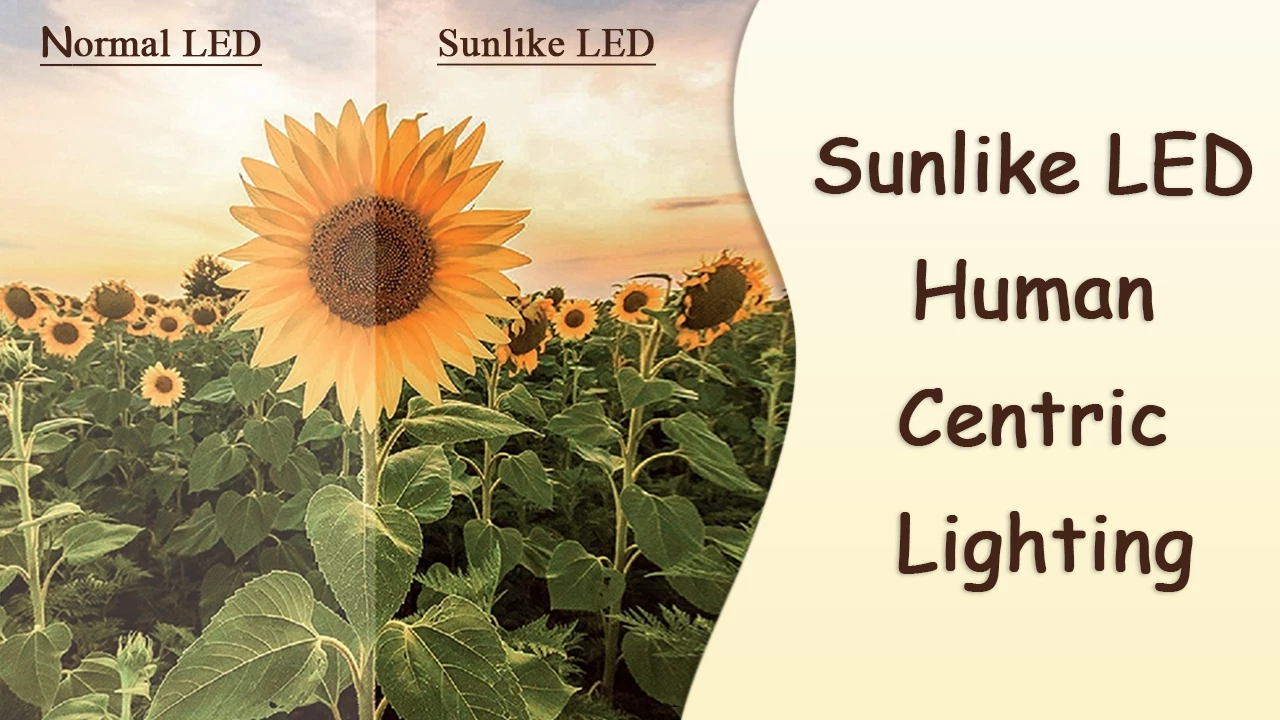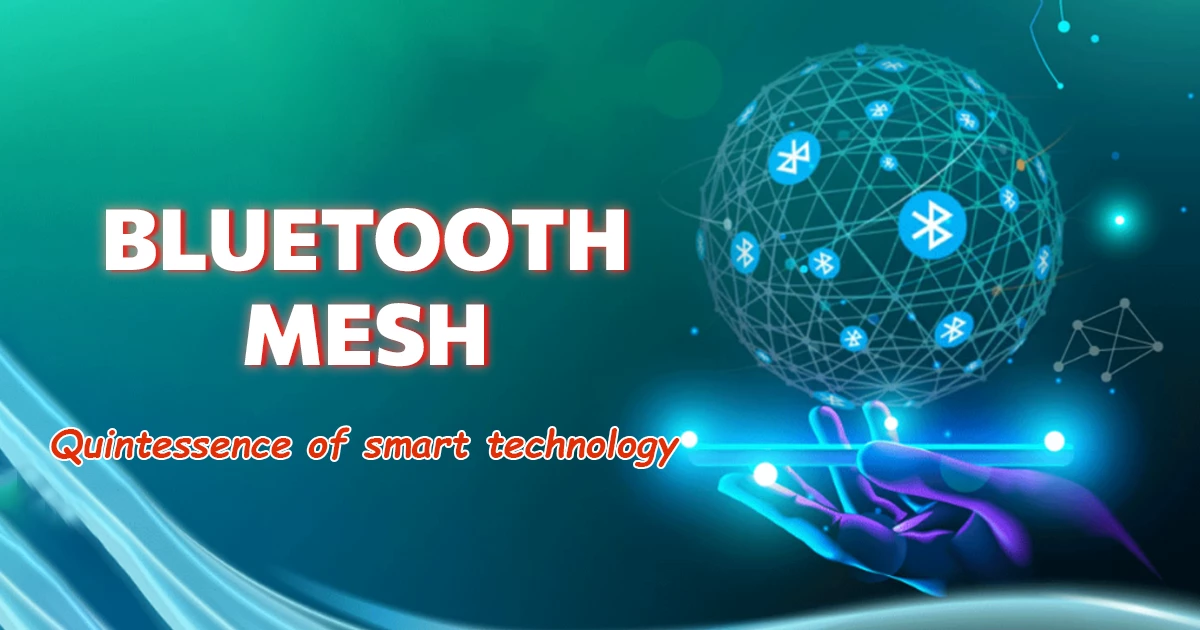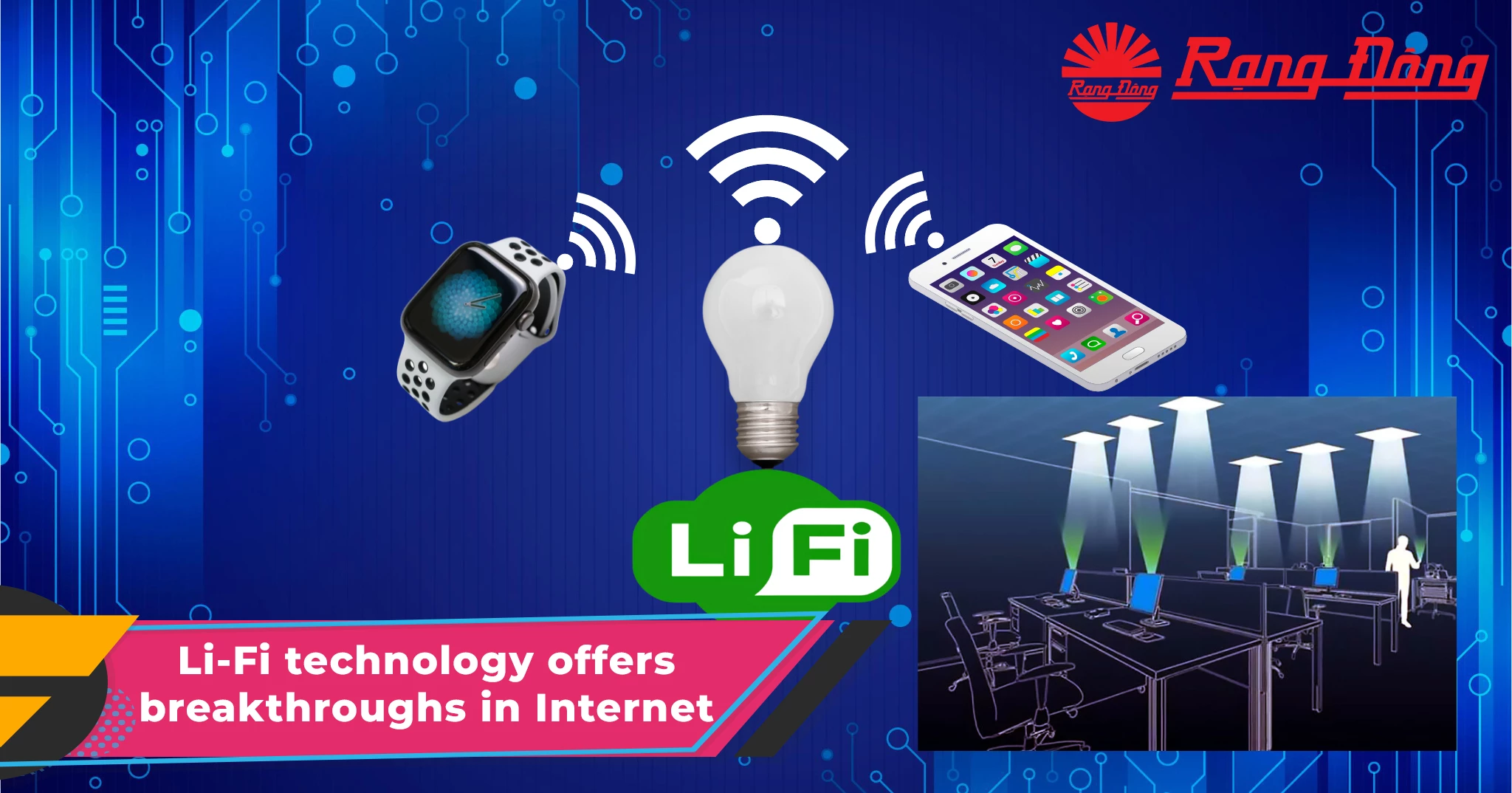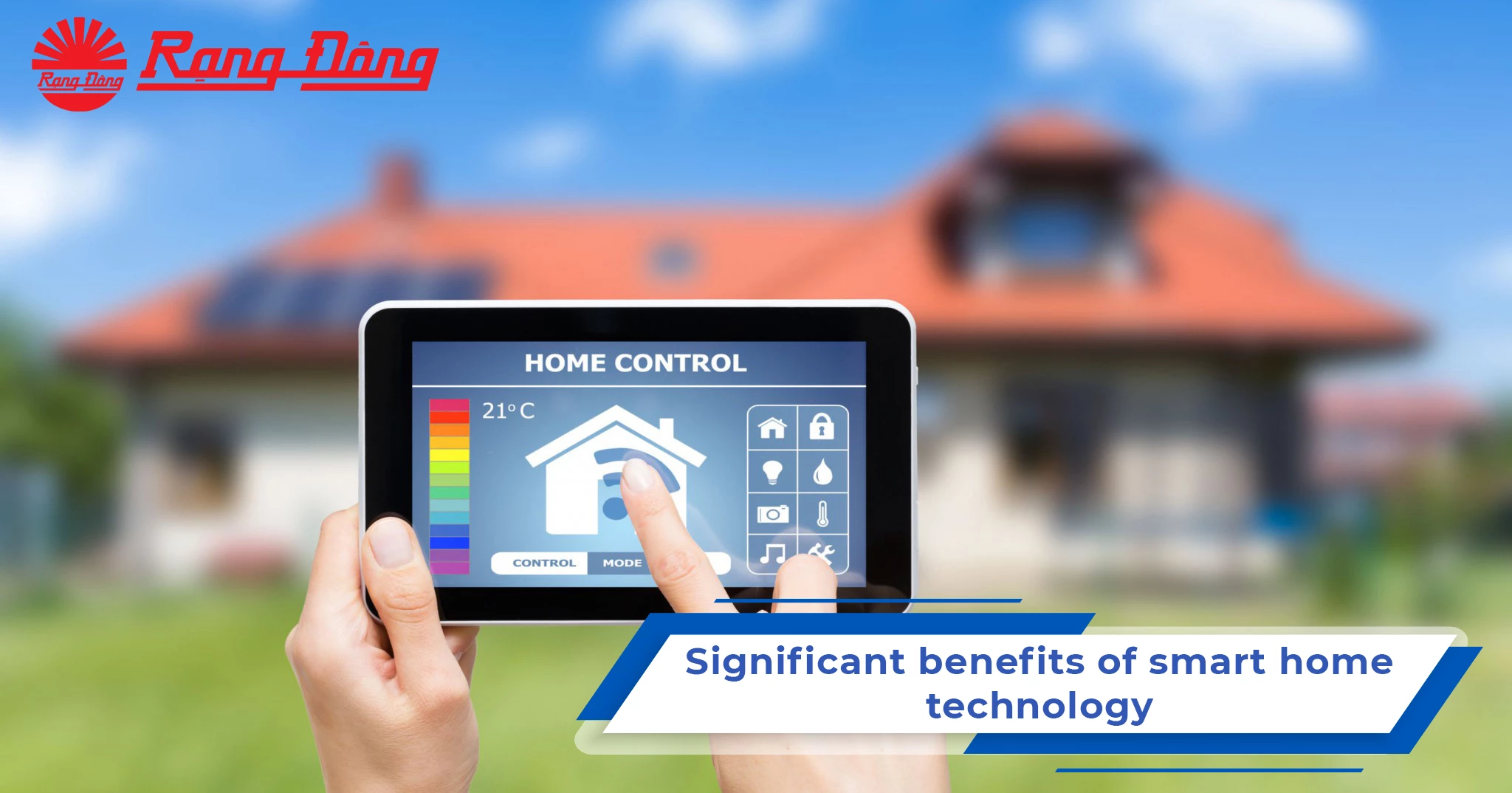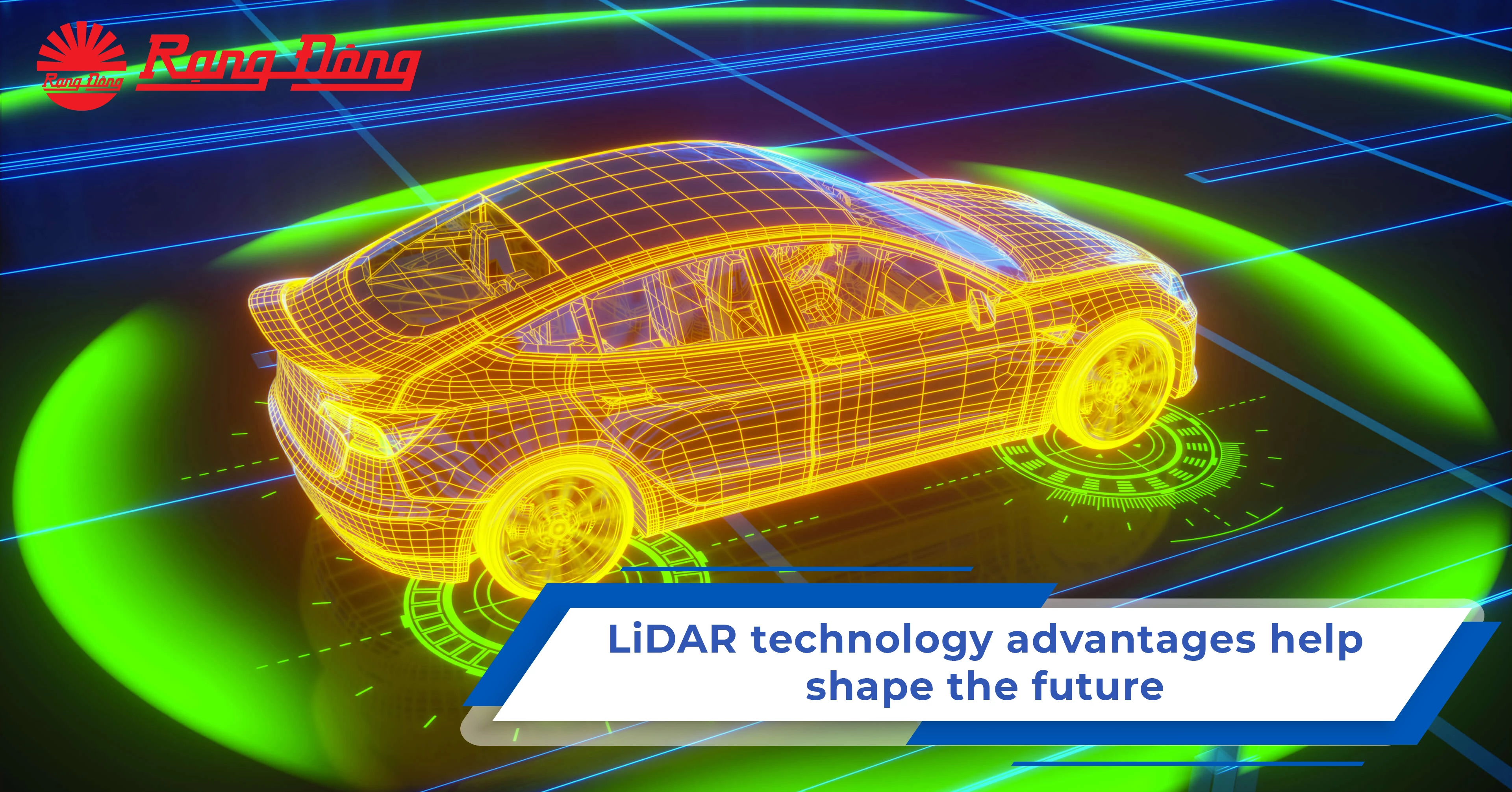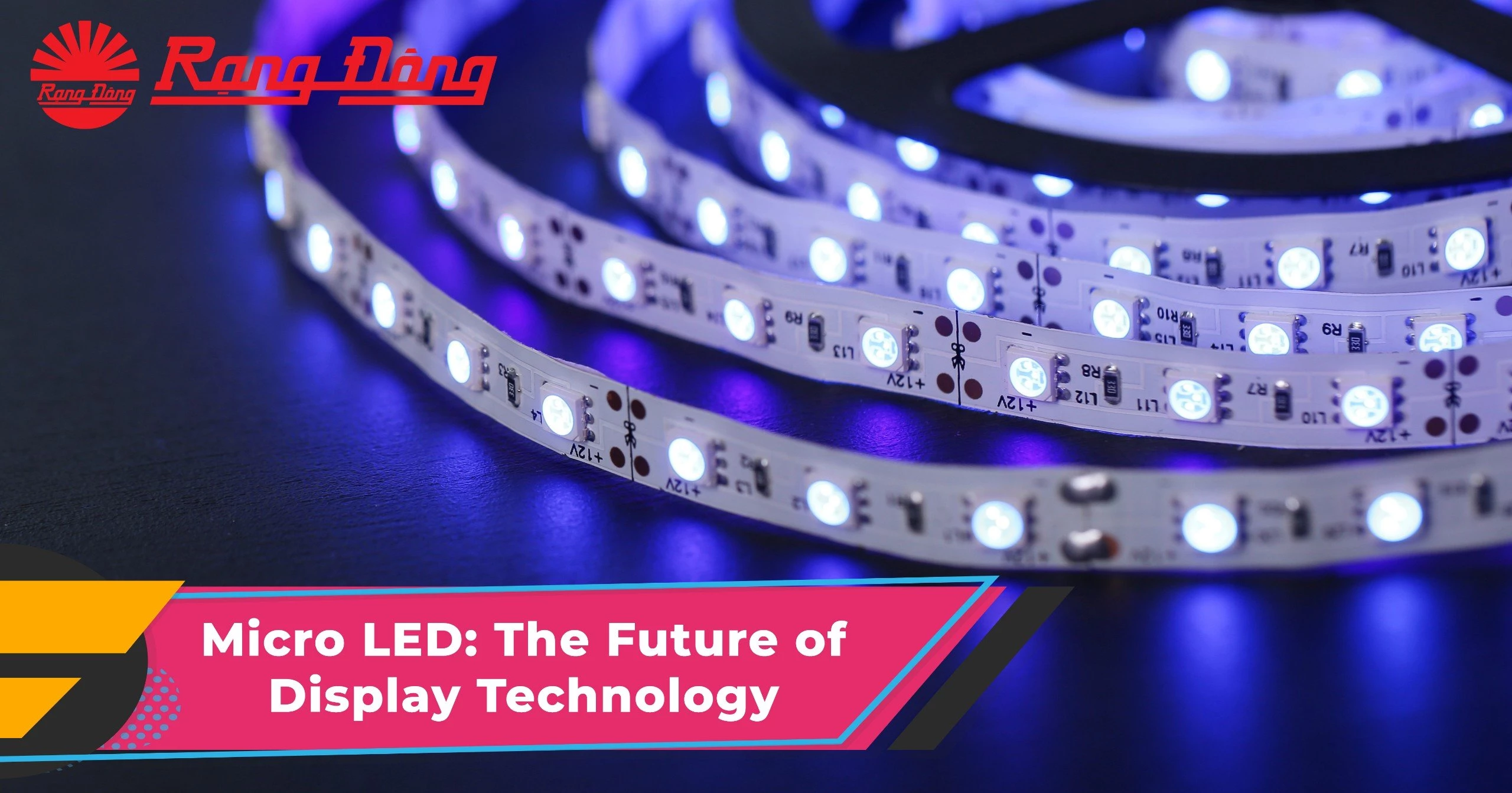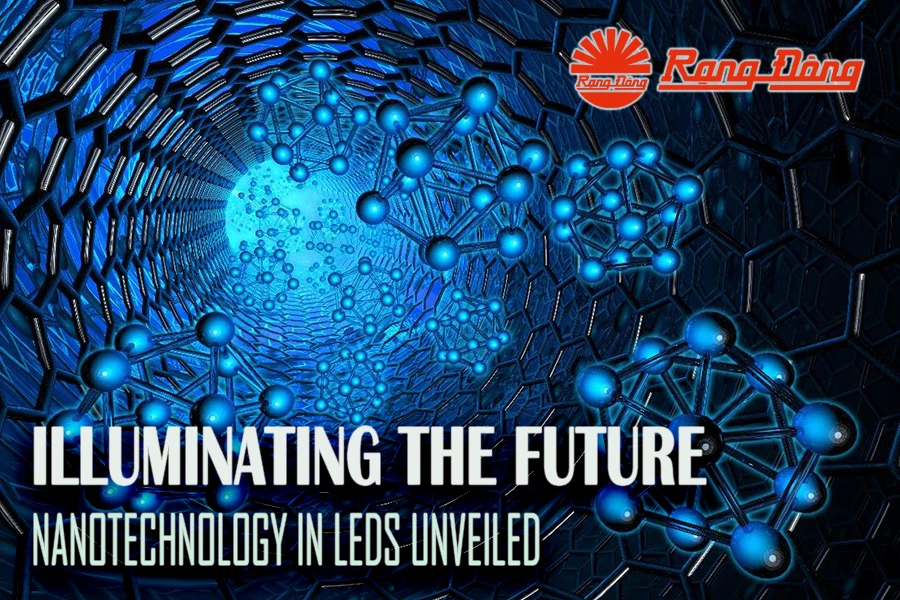
LED technology advancements bring more than efficiency
From lighting up our homes to illuminating entire cities, LED (Light Emitting Diode) technology has revolutionized the way we perceive and interact with light. Over the years, LED technology has undergone significant advancements, making it one of the most energy-efficient and versatile lighting solutions available today. Let’s discover the remarkable LED technology advancements and their impacts on various sectors.
Enhancing energy efficiency

Using LED lights instead of incandescent ones helps save energy for the future.
One of the most notable advancements in LED technology is its unparalleled energy efficiency. LEDs consume considerably less energy compared to traditional incandescent bulbs, making them an eco-friendly alternative. Moreover, LED lights produce minimal heat, reducing energy wastage and the risk of fire hazards. These energy-efficient attributes have made LEDs the top choice for both residential and commercial applications.
Expanding lifespan

Reducing maintenance and replacement costs for lighting fixtures can results in higher savings.
Another significant improvement in LED technology is its extended lifespan. Whereas traditional bulbs often burn out quickly, requiring frequent replacements, LED lights can last at least 50,000 hours, thus significantly reducing maintenance and replacement costs. This longevity makes LEDs ideal for areas that are difficult to access or require consistent illumination, such as streetlights and high-rise buildings.
Versatility in design
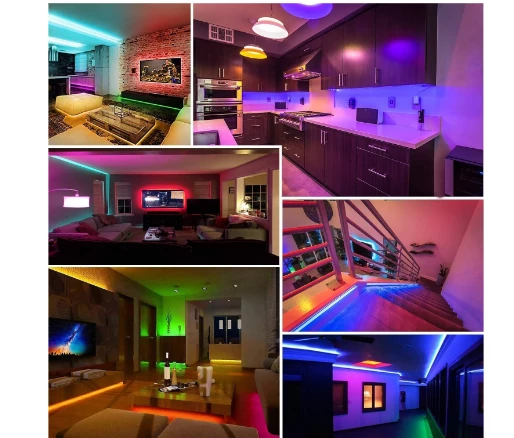
RGB LED strip lights make it possible to adjust brightness and create unique colors.
LED technology has opened up a world of possibilities when it comes to lighting design. LEDs are compact and can be manufactured in various sizes and shapes, allowing for creative and innovative lighting solutions. LED strips, for instance, have become popular for accent lighting, architectural illumination, and creative displays. Additionally, LED lights can be dimmed, providing adjustable brightness levels to suit different environments and moods.
Improving color rendering
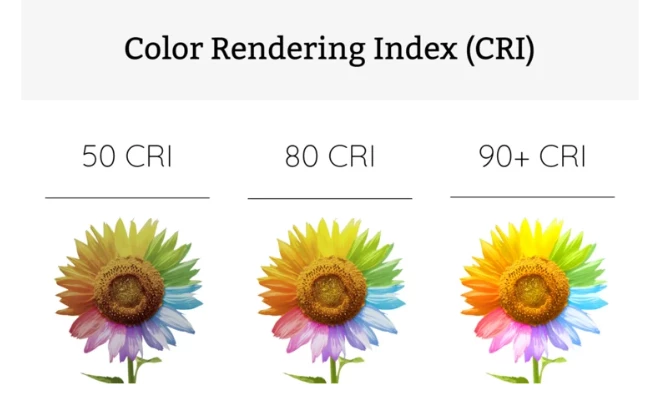
A higher CRI value indicates better color rendering capabilities.
LEDs have come a long way in terms of color rendering capabilities. The earlier generation of LEDs produced a limited range of colors and had a bluish tint. With advancements in phosphor technology, LEDs now offer a wider spectrum of colors, including warm whites that closely resemble traditional incandescent bulbs. This breakthrough has made LEDs more appealing and adaptable to various lighting applications, including residential, commercial, and even theatrical lighting.
Smart lighting solutions

Smart lighting is one of the key elements in building smart homes and smart cities.
LED technology has seamlessly integrated with the Internet of Things (IoT), leading to the development of smart lighting systems. These systems allow users to control their lighting remotely, using smartphones or voice-control devices. Smart lighting not only enhances convenience but also offers energy-saving features such as motion sensors and automated scheduling. This LED technology advancement has paved the way for smart homes and smart cities, where lighting can be personalized and optimized for maximum efficiency.
To sum up, the LED technology advancements have transformed the lighting industry, offering significant benefits in terms of energy efficiency, lifespan, design versatility, color rendering, and smart lighting solutions. As LED technology further evolves, we can expect even more exciting developments in the future. With their endless possibilities, LEDs are undoubtedly lighting the way for a brighter and sustainable future.
Should you have any questions or request a quotation of Rang Dong products, please send us an email to: export@rangdong.com.vn.
Websites: en.rangdong.com.vn and vacuumflask.rangdong.com.vn.



